Challenges Create Access
What if, at the start of their kindergarten education, you were told that your child’s math score was 21% lower than other students’?
What if your unemployment rate were twice as high as that of others in your community — for the past four decades?
What if you were told that you were three times more likely to die from preventable heart disease or stroke than others in your community?
What if your family’s net worth was 10 times less than that of other families in the United States?
The questions above were inspired by US Chamber of Commerce statistics, and they pertain specifically to race. However, if you were to add more complex biases toward gender, age, geography, health, education, and individual circumstance, the disparities between the “haves and have-nots” grow exponentially. So, yes, the opportunity gaps that exist in the US are not only very real, but they frequently extend across generations, impacting virtually every area of people’s lives.
The question is, how can those on the less fortunate side of this gap make the leap to the more fortunate side? One answer is innovation challenges.
Challenges can be used to help promote people who have traditionally been excluded from advancement opportunities based on race.
The Cisco Global Problem Solver Challenge 2021 focuses on the importance of investing in African American/Black-owned startups. The HBCU Startup Prize will be awarded to a team with at least one founder who is a student or alumni of an HBCU, with an innovative technology solution that addresses a social or environmental problem. The winner of the HBCU Startup Prize will be awarded $50,000 to accelerate their solution.
Challenges can be used to provide women with opportunities that were not previously available to them.
The Female Founders in Tech program identifies and evaluates innovative technology solutions and unique talent for corporations while also providing access to capital, mentorship, and partnership opportunities to women-owned and -operated startups.
Challenges can be used to counter biases or inequality directed toward the aging community.
The Stanford Center on Longevity Design Challenge is a global competition that encourages students to design products and services to improve well-being across the lifespan. In its ninth year, the challenge is focused on how our physical environments affect the way that we age.
Challenges can be used to bring critical resources to historically underserved communities, or recognize and reward entrepreneurship in developing regions.
The KABOOM! Play Everywhere Design Challenge awarded $1 million to communities building landmark play spaces that, when construction is completed, will provide kids with equitable opportunities to play. Winning projects bring play into public spaces in unconventional ways — such as implementing swings at bus stops or play zones at laundromats — in neighborhoods that have experienced significant disinvestment.
The 76West challenge offers $10 million in prize money, in an unparalleled competition focused on growing entrepreneurs and attracting resources from the U.S. and around the world to build clean energy businesses and jobs in New York State’s Southern Tier Region.
Challenges can be used to improve the health of communities without equal access to the appropriate resources.
The Active Schools Acceleration Project (ASAP) is aimed at increasing quality physical activity in schools. In 2012, First Lady Michelle Obama announced the ASAP Innovation Competition to crowdsource creative, impactful, and scalable school-based programs and technological innovations that promote physical activity for children. More than 3.5 million children and nearly 9,000 schools have been reached by ASAP programs.
Challenges can be used to educate, providing learning materials and opportunities for experimentation.
The Network for Teaching Entrepreneurship’s (NFTE) World Series of Innovation invites young people to get involved in solving the biggest challenges facing humanity today and help advance the UN Sustainable Development Goals.
The Generation Nano: Superheroes Inspired by Science Challenge: In an effort to promote an early interest in science, technology, engineering, and mathematics, the National Science Foundation invited students to submit an original idea for a superhero, using modern nanotechnology research to inspire unique gear for their hero.
The Bridging the Word Gap Challenge awarded $300,000 in prizes to support innovative solutions that can help promote early language development among children from low-income families in the US.
At a time when the gap to access is growing ever wider, innovation challenges present precious solutions — solutions to critical problems facing so many individuals and communities. But their impact doesn’t stop there: Challenges also create opportunities where they simply didn’t exist before, carving out pathways for undiscovered talent to have their voices heard, their ideas felt. Moreover, challenges also allow new technologies to be born and replicated in other areas of need, shining a light on some of our most pressing, pervasive social issues. It’s a start . . .


